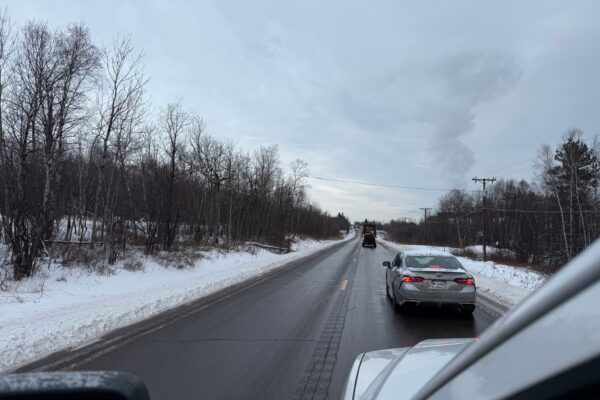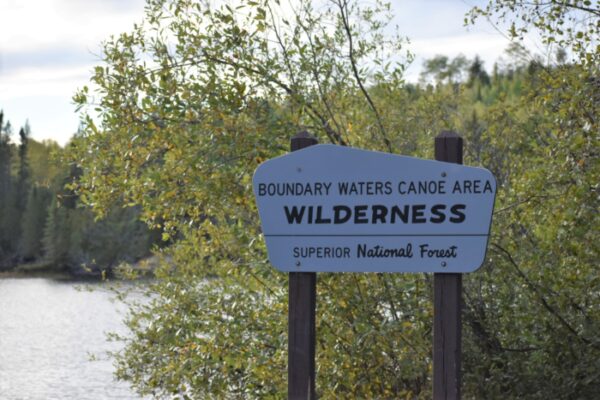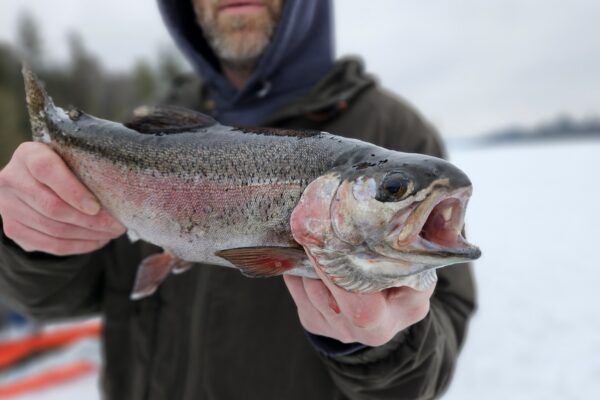Multiple agencies work collaboratively to help restore Minnesota’s struggling moose population
Minnesota’s moose population continues to face a variety of threats, including brainworm transmission from deer, predation from wolves and bears, winter ticks, and changes to moose habitat in northeastern Minnesota.
While the 2023 population estimate of 3,290 moose marks a decade of Minnesota’s moose population remaining relatively stable. However, the future of Moose in Minnesota remains in question as the population has declined dramatically over the past 15 years. In addition, recruitment of new animals into the moose population has been challenging in recent years, primarily due to high predation from predators, according to Grand Portage Wildlife Biologist Seth Moore.
Although this year’s estimate dropped from 2022’s count of approximately 4,700, the change continues to reflect the population stability observed in previous years, according to the Minnesota Department of Natural Resources. The DNR made a point to mention that Minnesota’s moose count “marks a decade of Minnesota’s moose population remaining relatively stable.”
After a decline from a population estimate of approximately 8,000 in 2009, Minnesota’s moose population appears to have stabilized at about 3,700 animals in recent years, the DNR said earlier this year.
Stabilized doesn’t mean the population is constant, said John Giudice, DNR wildlife biometrician. Instead, annual changes since 2013 appear to be relatively small on average and random, with some years showing a population increase and others a decrease.
But data collected recently by researchers with the Grand Portage Band of Lake Superior Chippewa suggest the magnitude of this year’s decline could be more than an artifact of sampling. They have reported high mortality rates on collared moose and similar decreases in aerial surveys around Grand Portage and at Isle Royale.
As previously reported by WTIP, last spring, in the far reaches of northeastern Minnesota, calf recruitment of moose did not present an uplifting narrative.
“It’s abysmal. I think this is the worst calf recruitment year we’ve seen in 12 years of study,” Moore said during the live broadcast on WTIP last July. “Essentially, of our collared moose, 100 percent of the calves are gone.”
As bleak as that is, during a typical year, an estimated 80 percent of moose calves are taken by predators such as wolves or black bears. Stillbirths also played a factor in the number of moose calves dying last spring, Moore said, following a long winter that was challenging for moose.
Meanwhile, a diverse group of federal, state, county, tribal and conservation groups formed the Minnesota Moose Habitat Collaborative to improve habitat in prime moose territory and try to help moose recover in the region.
Cheron Ferland is a wildlife biologist for the US Forest Service on Superior National Forest. She spoke with WTIP’s Joe Friedrichs about the work being done across Superior National Forest to help the moose population in northeastern Minnesota. Audio below.














